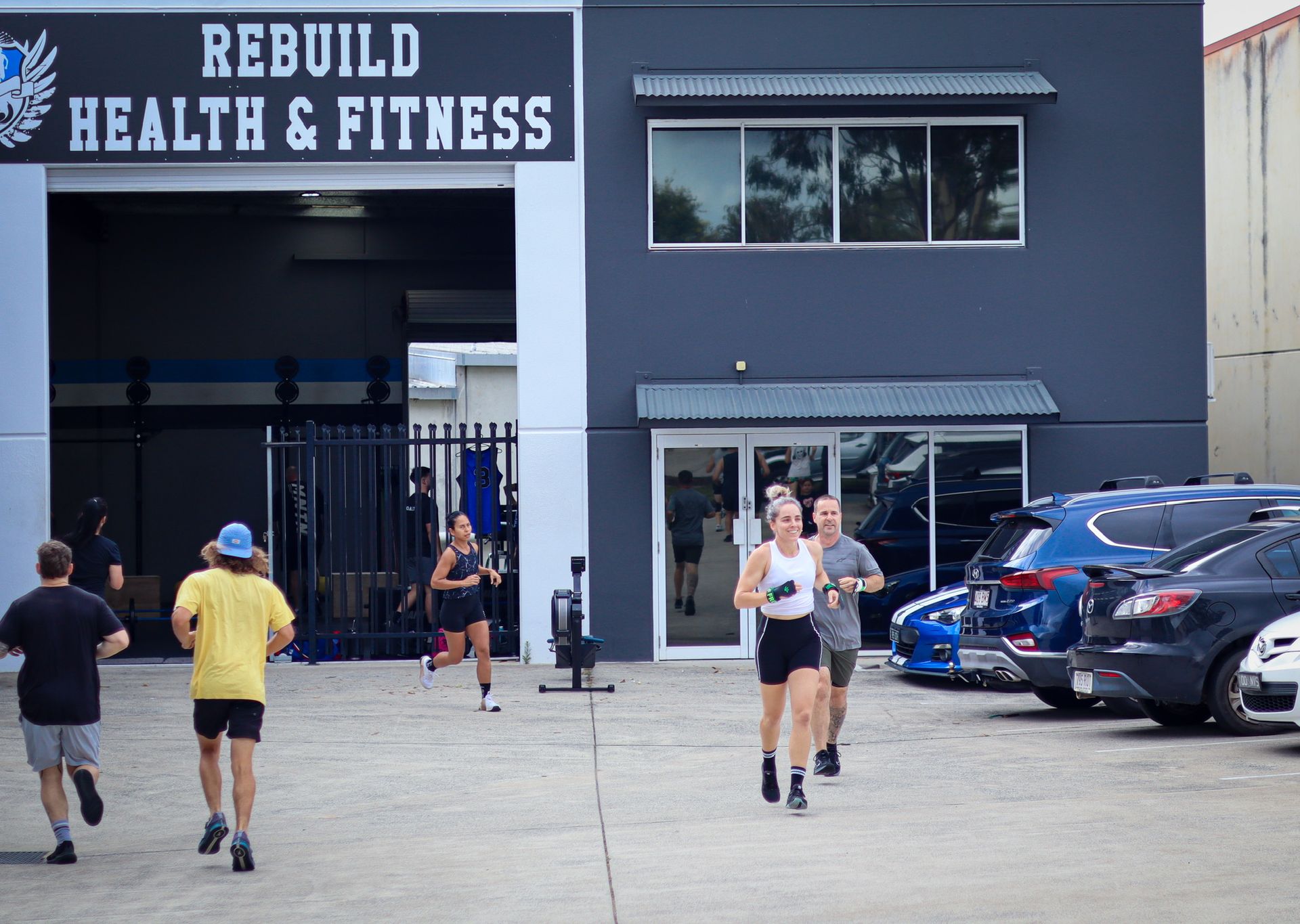How To Find Time In Your Week To Workout
In today’s fast-paced world, finding time to work out can seem like an impossible task. However, prioritising your health is crucial for maintaining a balanced and fulfilling life. Here are some practical tips to help you carve out time for exercise and ensure that your well-being remains a top priority.1. Schedule Your WorkoutsOne of the most effective ways to ensure you stick to a workout routine is by scheduling your exercise sessions just like any other important appointment. Look at your weekly calendar and identify time slots that can be dedicated to physical activity. Whether it’s early in the morning, during lunch breaks, or in the evening, blocking out specific times for workouts can help make exercise a non-negotiable part of your day.Pro Tip: Treat these workout slots as you would a meeting with a client or a doctor’s appointment. This mindset shift can help you stay committed and reduce the likelihood of skipping workouts.2. Find a Training Methodology You EnjoyExercise shouldn’t be a chore. Finding a training methodology that you genuinely enjoy can transform your attitude towards working out. Whether it’s yoga, pilates, weightlifting, running, cycling, dancing, or a sport, choose activities that excite you. When you enjoy the process, you’re more likely to stay consistent and look forward to your workouts.Explore and Experiment: Don’t be afraid to try different activities until you find what resonates with you. Many gyms and fitness studios offer trial classes, which can be a great way to explore various options without committing long-term.3. Set Achievable GoalsSetting realistic and achievable fitness goals is essential for staying motivated and avoiding burnout. Instead of aiming for an unrealistic target like working out six times a week, start with a more manageable goal, such as exercising three times a week. Gradually increase the frequency and intensity as your fitness level improves.SMART Goals: Make your goals Specific, Measurable, Achievable, Relevant, and Time-bound. For example, instead of saying, “I want to get fit,” set a goal like, “I want to run 5 kilometres in under 30 minutes within three months.”4. Incorporate Physical Activity into Your Daily RoutineFinding time to exercise doesn’t always mean hitting the gym. Look for opportunities to incorporate physical activity into your daily routine. Simple changes like taking the stairs instead of the lift, walking or biking to work, or doing a quick workout during TV adverts can add up and make a significant difference.Active Breaks: If you have a desk job, take short breaks every hour to stand up, stretch, or do a few quick exercises. These small breaks can boost your energy levels and reduce the negative effects of prolonged sitting.5. Prioritise Rest and RecoveryRest and recovery are crucial components of any fitness regimen. Ensure you get adequate sleep and listen to your body. Overtraining can lead to injuries and burnout, derailing your fitness journey. Include rest days in your workout schedule to allow your muscles to recover and grow stronger.Mindful Practices: Incorporate practices like meditation, deep breathing, or gentle stretching to help manage stress and improve your overall well-being.6. Leverage TechnologyTechnology can be a great ally in your fitness journey. Use fitness apps and wearable devices to track your progress, set reminders, and stay motivated. Many apps offer personalised workout plans and guided sessions that can be done at home or on the go, making it easier to stick to your routine.Virtual Communities: Join online fitness communities or social media groups to connect with like-minded individuals. Sharing your progress and challenges with others can provide accountability and support.Finding time to work out and prioritise your health is entirely possible with the right approach. By scheduling workouts, choosing activities you enjoy, setting realistic goals, incorporating physical activity into your daily routine, prioritising rest, and leveraging technology, you can create a sustainable fitness plan that fits into your busy life. Remember, the journey to better health is a marathon, not a sprint. Start small, stay consistent, and celebrate your progress along the way.
Previous Blogs


